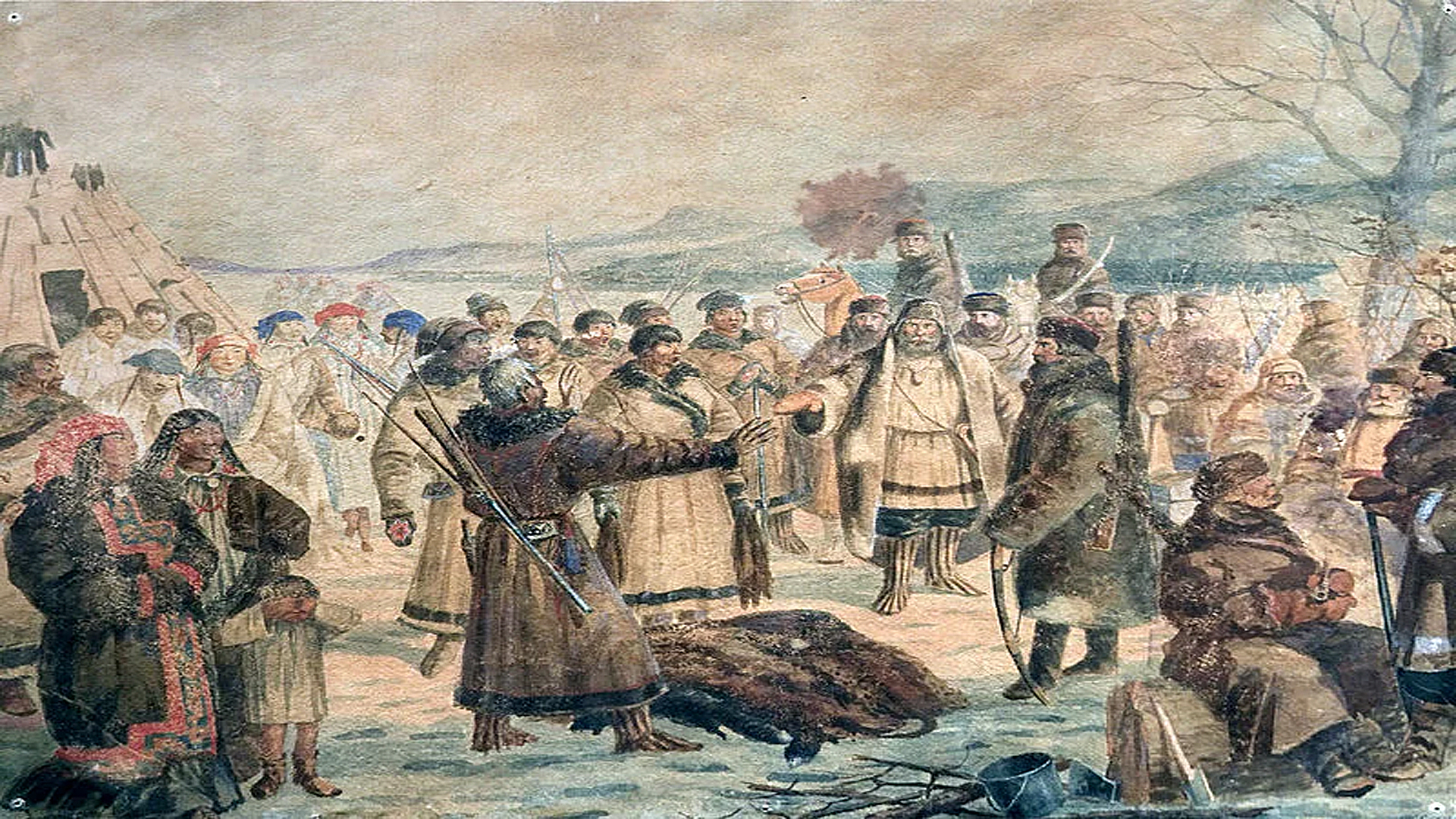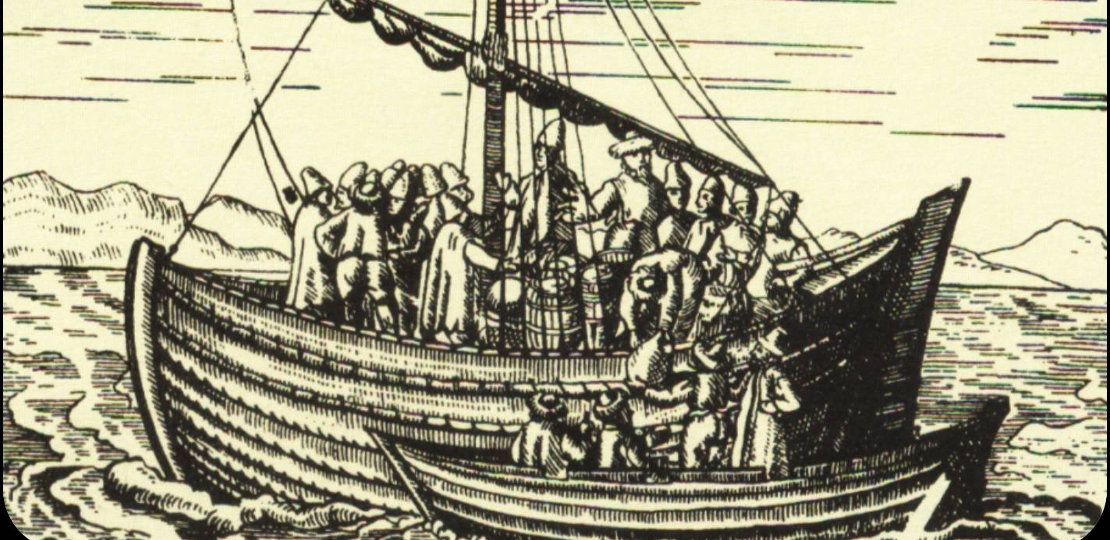Peter Golovin, the first Yakut voivode, organized an expedition to explore the Amur and the Sea of Okhotsk. It was headed by Poyarkov. In June 1643, an expedition of one hundred and thirty people left Yakutsk, headed along the Lena to the mouth of the Aldan and came to the mouth of the Uchur River. The detachment overcame the rapids on the Gonam River and settled down for the winter. After 2 weeks, Poyarkov with a group of ninety Cossacks went to the Stanovoy ridge. People went on skis, and the load was placed on sledges. It was difficult to cross the ridge. We had to make our way through deep snow. Having overcome the ridge, the group reached a small tributary of the Zeya River. They began to build ships here. Poyarkov with a detachment went to the waters of the Zeya in the spring of 1644. They became the first Russian people to get there. They built a small prison on the shore. Here they waited for the rest of the expedition. The local population reacted kindly to the detachment. However, after a while the Daurs stopped sharing food with them. Hunger and disease caused the death of forty people. Ten more travelers were killed during clashes with local residents. It is not known how it would have ended, but soon the rest of the detachment arrived with provisions.

The expedition sailed along the Zeya River and a few days later reached the Amur River. Poyarkov sent twenty-five Cossacks on reconnaissance. Twenty-three people were killed by the natives of the Amur tribe while overnight on the way back. After that Poyarkov with the main group set off down the Amur. A month later, he came to his mouth. Here the travelers settled down for the winter. They had no supplies. They hunted, fished, and collected the roots of various plants. From here they saw Sakhalin for the first time. The Nivkhi-Gilyaks, who lived at the mouth of the Amur River, told Poyarkov about Sakhalin. In autumn, the travelers took to the sea on flat river ships. However, the ships were too small, so it was unrealistic to manage them in stormy weather. After being carried by sea for several weeks, washed up on the island and washed up on the mainland coast, the ships were completely destroyed, and the surviving travelers in tattered clothes, exhausted and chilled, went to the mouth of the Ulya River. Here they found a dilapidated hut, in which the Russian traveler Ilya Moskvitin spent the winter with his detachment of Cossacks several years ago.
Fifty men remained from Poyarkov’s detachment. They rested and overcame the Dzhugzhur ridge on skis. The travelers went to the mouth of the Mai River. They built new ships and went down the Aldan and the river. Three years later, in 1646, the travelers returned to Yakutsk. It was one of the most difficult and risky expeditions. However, the results were important. They were able to plot all the rivers along which the detachment passed. The pioneers recorded in detail everything they heard from the local residents. And most importantly, they were able to prove that it was possible to sail along the Amur to the Pacific Ocean and were the first to sail along the Amur and the Sea of Okhotsk.

